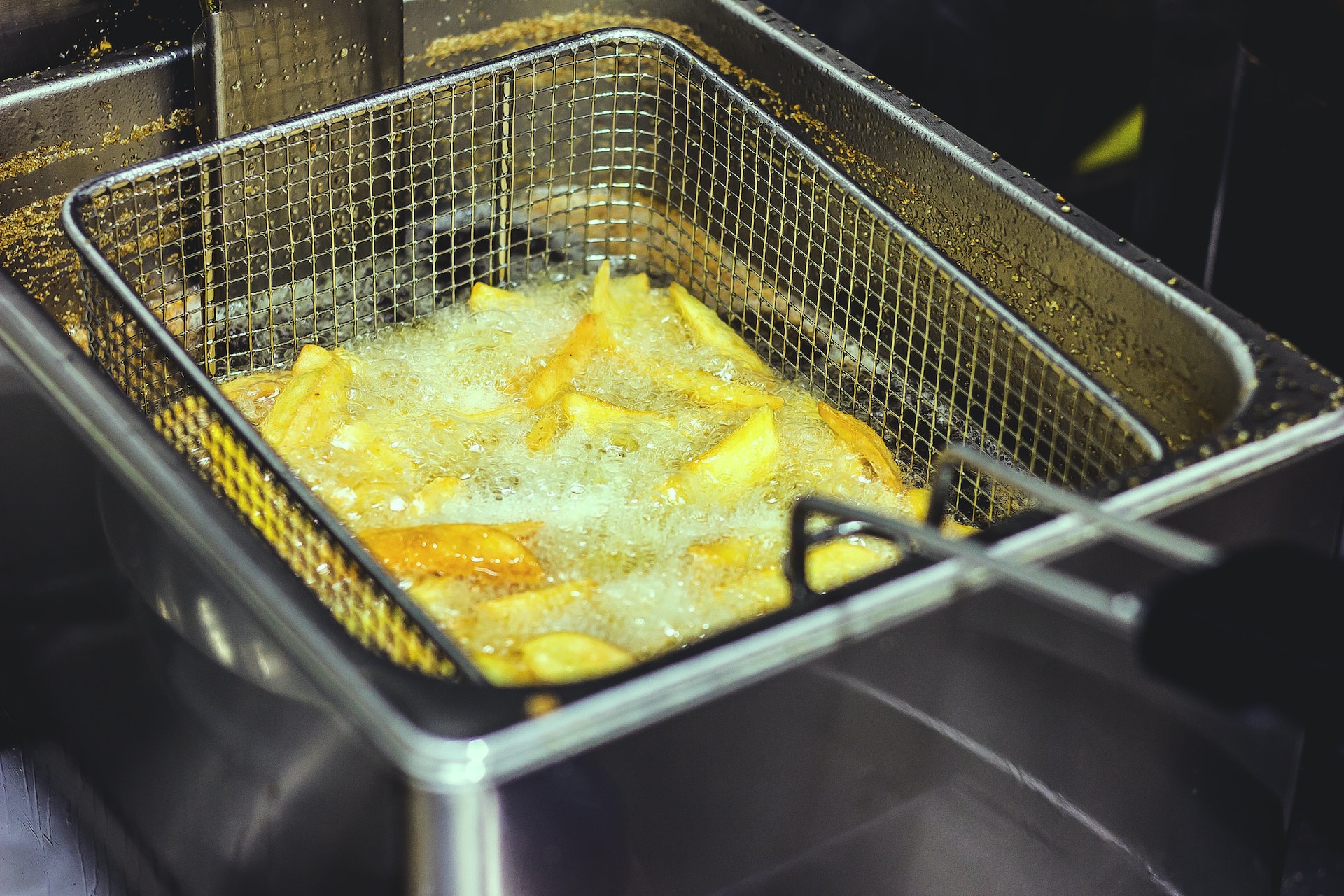Restaurants have been notorious for using excessive amounts of salt in their dishes, which has raised concerns about its impact on health. However, there are various reasons why restaurants use salt, and it’s essential to understand them to have a well-rounded perspective on the topic. In this article, we’ll explore some of the reasons behind restaurants’ generous use of salt and whether it’s a cause for concern.
Salt is a ubiquitous ingredient in the culinary world and is often considered an essential part of cooking. However, restaurants have long been criticized for their excessive use of salt, which has raised concerns about its impact on health. The recommended daily intake of salt for an adult is no more than 2,300 milligrams, but some restaurant meals can exceed that amount in a single serving. While the health consequences of excessive salt consumption are well-documented, it’s essential to understand the reasons behind restaurants’ generous use of salt to address this issue adequately. In this article, we’ll explore some of the reasons why restaurants use so much salt and what can be done to reduce its consumption while maintaining the desired taste and quality of the dishes.
Flavor Enhancement
One of the primary reasons why restaurants use salt in their dishes is to enhance the flavor. Salt is known to amplify the natural taste of food by bringing out its sweetness and balancing its bitterness. Salt also has a unique ability to enhance other flavors in food, making it an essential ingredient in many recipes.
Chefs use salt as a seasoning to enhance the taste of ingredients, whether it’s a steak or vegetables. The right amount of salt can elevate the flavors and make a dish taste more vibrant and enjoyable. Salt enhances the taste of food by activating the taste buds on our tongues, making it more pleasant to eat.
However, it is important to note that too much salt can be overwhelming and mask the natural flavors of food. Therefore, chefs need to strike a balance and use salt judiciously.
Preservation
One of the primary reasons for the use of salt in restaurants is its ability to preserve food. Salt has been used as a preservative for thousands of years, dating back to ancient times when it was used to preserve meat and fish before the invention of refrigeration.
- Extending Shelf Life
- Salt draws out moisture from food, making it less hospitable to bacteria that cause spoilage.
- The reduction in moisture content slows down bacterial growth and helps extend the shelf life of food.
- In a restaurant setting, where large quantities of food are prepared in advance, salt can help ensure that the food remains fresh and safe to eat for longer.
- Curing and Brining
- Salt is also used in the process of curing and brining certain foods, such as cured meats, pickles, and olives.
- The salt helps to draw out moisture from the food, which is then replaced with a saltwater solution that preserves the food and imparts flavor.
- Safety Regulations
- The use of salt as a preservative in the restaurant industry is regulated by the FDA to ensure that it is used safely and appropriately.
- Restaurants must follow guidelines for the amount of salt used in food preparation to ensure that it does not pose a health risk to consumers.
Despite its effectiveness as a preservative, excessive use of salt can lead to health problems, such as high blood pressure and heart disease. Therefore, it is important for restaurants to use salt in moderation and find alternative methods of preservation where possible.
Texture and Appearance
Apart from flavor enhancement and preservation, salt also plays a role in enhancing the texture and appearance of food. It is commonly used in the cooking process to improve the texture of meat, making it juicier and tenderer. Salt also helps to break down muscle fibers and connective tissues, resulting in a more tender texture. In addition, it can help to preserve the color of vegetables by slowing down the oxidation process.
In the case of baked goods, such as bread and pretzels, salt plays a crucial role in creating the desired texture. It controls the fermentation process and strengthens the gluten structure, which contributes to the chewiness of the bread. Without salt, the dough would be weak and fragile, resulting in a dense and unappealing final product.
Moreover, salt is used as a finishing touch to enhance the appearance of dishes, such as adding a sprinkle of coarse salt on top of a chocolate dessert to create a visual contrast.
Cultural and Historical Reasons
Salt has been used as a flavoring and preservative for thousands of years. In many cultures, salt is an essential ingredient in cooking and is often associated with traditional dishes and culinary practices. For example, in Japanese cuisine, soy sauce, miso, and other fermented products are high in salt content, and they are integral to many dishes. Similarly, in Italian cuisine, salt is a crucial ingredient in salami and other cured meats.
Additionally, many traditional recipes and cooking methods have been passed down through generations, and they often call for large amounts of salt. Chefs may adhere to these recipes to preserve cultural authenticity and provide a taste of tradition to their customers.
Furthermore, salt has played a significant role in human history. It was once a rare commodity and was even used as currency in some societies. In ancient times, salt was used to preserve food during long voyages and travels. This historical significance may have contributed to the prevalence of salt in modern-day cuisine.
Cost and Efficiency
Restaurants use salt as a cost-effective and efficient way to enhance flavor and preserve food. Salt is a relatively inexpensive ingredient that can be used in small amounts to produce a noticeable effect on the taste of food. It also has preservative properties that can help extend the shelf life of perishable foods, reducing waste and saving money in the long run.
Additionally, salt is a key component in many recipes and cooking techniques, especially in traditional cuisines that have been passed down through generations. Chefs and cooks may use salt in specific ways to achieve the desired texture and appearance of a dish and to adhere to cultural or historical culinary practices.
However, it is important to note that excessive salt consumption has been linked to a range of health problems, including high blood pressure and heart disease. As a result, many restaurants are now seeking to reduce the amount of salt in their dishes, while still maintaining flavor and quality.
Health Concerns
While salt is an important ingredient for flavor and preservation, it is also a major source of sodium in our diets. Consuming too much sodium can lead to health problems such as high blood pressure, heart disease, and stroke.
- Recommended Daily Intake
The American Heart Association recommends a maximum daily intake of 2,300 milligrams of sodium for most adults. However, the average American consumes around 3,400 milligrams of sodium per day, with much of it coming from restaurant meals.
- Health Risks of High Sodium Intake
Consuming too much salt can lead to high blood pressure, which is a major risk factor for heart disease and stroke. It can also lead to other health problems, such as kidney disease, osteoporosis, and stomach cancer.
- Sodium Content in Restaurant Food
Many restaurant dishes are notoriously high in sodium, with some dishes containing more than the recommended daily intake in just one meal. This is because salt is often used liberally in the cooking process to enhance flavor, preserve food, and improve texture.
- Sodium Reduction Initiatives
In recent years, there has been a growing movement towards reducing sodium in restaurant food. Some chains have started to offer lower sodium options, while others have made a commitment to reducing sodium across their entire menu.
- Alternatives to Salt
There are many ways to enhance flavor in food without using salt, such as using herbs and spices, vinegar, or citrus juices. These alternatives can provide a range of flavors and textures that are often more complex and interesting than just using salt.
- Importance of Awareness
As consumers, it is important to be aware of the sodium content in the foods we eat, especially when dining out. Reading menus carefully, asking about sodium content, and requesting that dishes be prepared with less salt are all important steps in reducing our sodium intake.
In conclusion, while salt is an essential ingredient in restaurant cooking, it is important to be aware of the potential health risks associated with consuming too much sodium. By taking steps to reduce our sodium intake and using alternatives to salt, we can enjoy delicious restaurant meals while also protecting our health.
Conclusion
In conclusion, there are several reasons why restaurants use so much salt in their dishes. Salt is a versatile ingredient that enhances the flavor of food, preserves it, and improves its texture and appearance. Additionally, cultural and historical reasons have led to the widespread use of salt in cooking. Salt is also a cost-effective and efficient ingredient that can be used to stretch a budget and streamline kitchen processes.
However, excessive salt consumption can have detrimental effects on one’s health, including high blood pressure and an increased risk of heart disease. Therefore, it is important for restaurants to be mindful of the amount of salt they use in their dishes and to provide low-sodium options for customers who are watching their salt intake.
Ultimately, striking a balance between flavor and health is key. While salt can be a valuable ingredient in cooking, it should be used in moderation to ensure the health and well-being of both restaurant patrons and chefs.




